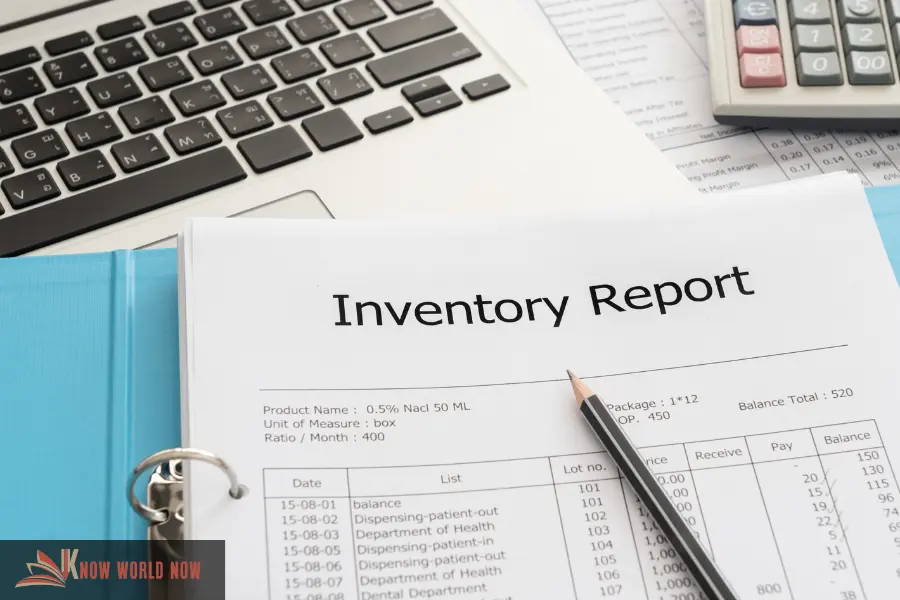Effective inventory management is crucial to properly running a produce business. A well-orchestrated inventory system ensures preserved product freshness, minimized waste, and ultimately, satisfied customers.
However, streamlining this process is no easy task. It requires a delicate balance between supply and demand, along with detailed tracking of these perishable goods throughout the supply chain.
This article will delve into strategies and tools that can help streamline your produce business’ inventory management, creating more efficient, profitable, and sustainable operations.
One key strategy, of course, is to make use of Enterprise Resource Planning (ERP) solutions. Consider Silo, for example, to increase visibility over inventory. You can learn more at https://usesilo.com.
Ways to improve inventory management
Here are several strategies you can employ.
Adopting advanced inventory management software
Modern inventory management software allows for real-time tracking of stock. These systems provide instant updates on stock levels, sale rates, and even the shelf life of each item.
For example, if a particular batch of apples is selling faster than usual, the system can immediately alert you to restock, thereby preventing any sales loss.
Implementing automated reordering systems
Automated reordering systems can be set up to order new stock when a particular produce item reaches a pre-set level. This ensures that fresh stock is always available and reduces the risk of spoilage from overstocking.
For instance, an organic grocery store might set up an auto-reordering system for tomatoes. If the tomato stock falls below 200 kg, the system automatically places an order to the supplier for replenishment.
Leveraging predictive analytics
Predictive analytics uses historical sales data, market trends, and artificial intelligence algorithms to forecast future demand accurately.
A vegetable retailer, for instance, can use these insights to predict the demand for zucchinis during the summer season. This helps in procuring the right quantities, reducing waste and losses due to spoilage.
Emphasizing supplier relationships
Maintaining strong relationships with suppliers and distributors can provide a business with more flexibility in their ordering process.
For instance, a supplier might agree to a faster delivery schedule or accept smaller, more frequent orders to accommodate fluctuations in demand. This allows businesses to keep lower stock levels and order more frequently, reducing the chances of wastage due to overstocking.
Regular inventory audits
Regularly auditing inventory helps identify discrepancies between the records and the actual stock. These audits are essential in detecting problems like unrecorded sales, theft, spoilage, or supplier errors.
Implementing these strategies can help a produce business streamline its inventory management process, leading to improved efficiency, reduced waste, and enhanced profitability.
Balance is the key
Effective inventory management is a crucial aspect of running a successful produce business. Balancing numerous variables, such as demand forecasting, procurement, storage methods, and adapting to changes in demand, are inherent parts of this process.
Streamlining this system can be achieved through employing a combination of many strategies. By embracing these tactics, businesses can significantly improve their efficiency, reduce waste, and bolster profitability, ultimately driving success in a competitive produce market.




